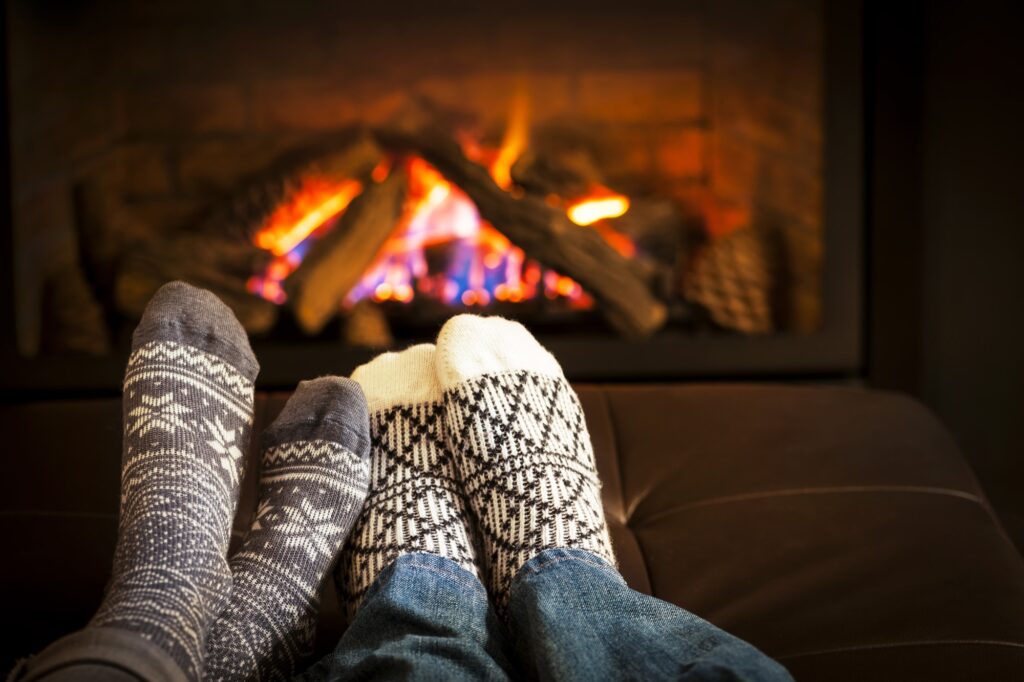
Sometimes, you can find a nice spot for your home on an empty field or pasture. But, it’s not always that easy.
As we all know, a shipping container home is a great way to live on a budget. While most of us really want to keep warm in our homes, it can be quite hard to do so.
Personally, I’d like to keep my home warm without the need to run an expensive heater.
The first thing you should do is find out what is your comfort level with heat sources in your container home: Should you be comfortable with heaters, or do you prefer temperature fluctuations? Can you tolerate an extra morning chill when heating up? Or can you handle another day of cold temperatures?
As far as the product itself goes, there are many different options available (and no one option is perfect). There is so much out there in terms of options for heating your home and I’m not even counting the myriad options for heat pump solutions that are also available. It can be hard to know which option suits you best so take a look at this post I have put together and you can decide for yourself.
Table of Contents
1. Ductless Heat Pumps
A heat pump system is suitable for moderate climate areas that keep will you nice and toasty during winter and cooling during summer. It works on the principle of transferring heat energy from one place to another through recycling refrigerant in the copper pipes, not producing heat. The most common type of heat pump is the air-source heat pump, which extracts heat from the outside air and transfers it inside. This reverses during your summer days, extracting heat from the indoor and dumping it outside.
Before jumping in for the purchase, ensure you size your heat pump correctly for your container home. You wouldn’t want to have any over-cooling or over-heating. As a general rule of thumb, you’ll need 30 BTU of heating output per square foot. If you are interested to know more in-depth on how you can size your heat pump, visit this link.
In consideration of building a small container space, heat pumps do not take up much space as a traditional furnace would. The inverter-type heat pumps also prove to be very energy-efficient where cold climates temperature is not too extreme. If you happen to have a larger container home, you can also consider installing a multi-split system for different rooms.

Fuel Type: Electricity/Geothermal
Installation cost: High
Operating cost: Moderate
2. Radiant Heaters (Radiant Panels, Floor heating, Heat Lamps)
Let’s take a look at how radiant heaters work. Radiant heaters (often called radiant panels) emit electromagnetic waves that heat up the floor, walls, ceiling, and even objects in your room. Now, this method is different from the convection method, which circulates the warm air to your surrounding. Radiant heater’s warmth comes from the invisible infrared rays it emits to your furniture, walls and tiles.
Compared to convection heating systems, this heats up your room much faster and works best in a small area like your bathroom or a small container house.
It comes in a variety of sizes and styles such as radiant panels, heat lamps or floor heating. Specifically for electrical radiant heaters, they are extremely easy to install, making them a great choice for an immediate heating solution to heat your container home.
You might be wondering if floor heating is considered a type of radiant heating. You are not wrong as it also requires convection to distribute heat evenly in your home.
Especially for floor heating, it can be a little tricky for hydroponics floor heating in a container home as you need to supply constant hot water but if you are really interested in this heating method, you should discuss this with your local contractors.

Fuel Type: Electricity/Hydroponics
Installation cost: Low(Electricity), High(Hydroponics)
Operating cost: Low(Electricity, Hydroponics)
3. Space Heaters
This is definitely one excellent heating option for a small container home. If you don’t already know, they are extremely convenient, portable and provide focused warming near them. Space heaters also come in all shapes and sizes, but the most common type is the electric space heater. Other types of space heaters include gas(Propane/Natural gas) and each has its own advantages and disadvantages.
Just to make sure you are aware, gas space heaters are usually more dangerous and you should use them outdoors. You wouldn’t want to be inhaling these toxic gas if there is a leak. Especially for natural gas, it might be hard to detect since it is odorless. Also, remember to follow the manufacturer’s recommendations of proper safety precautions.
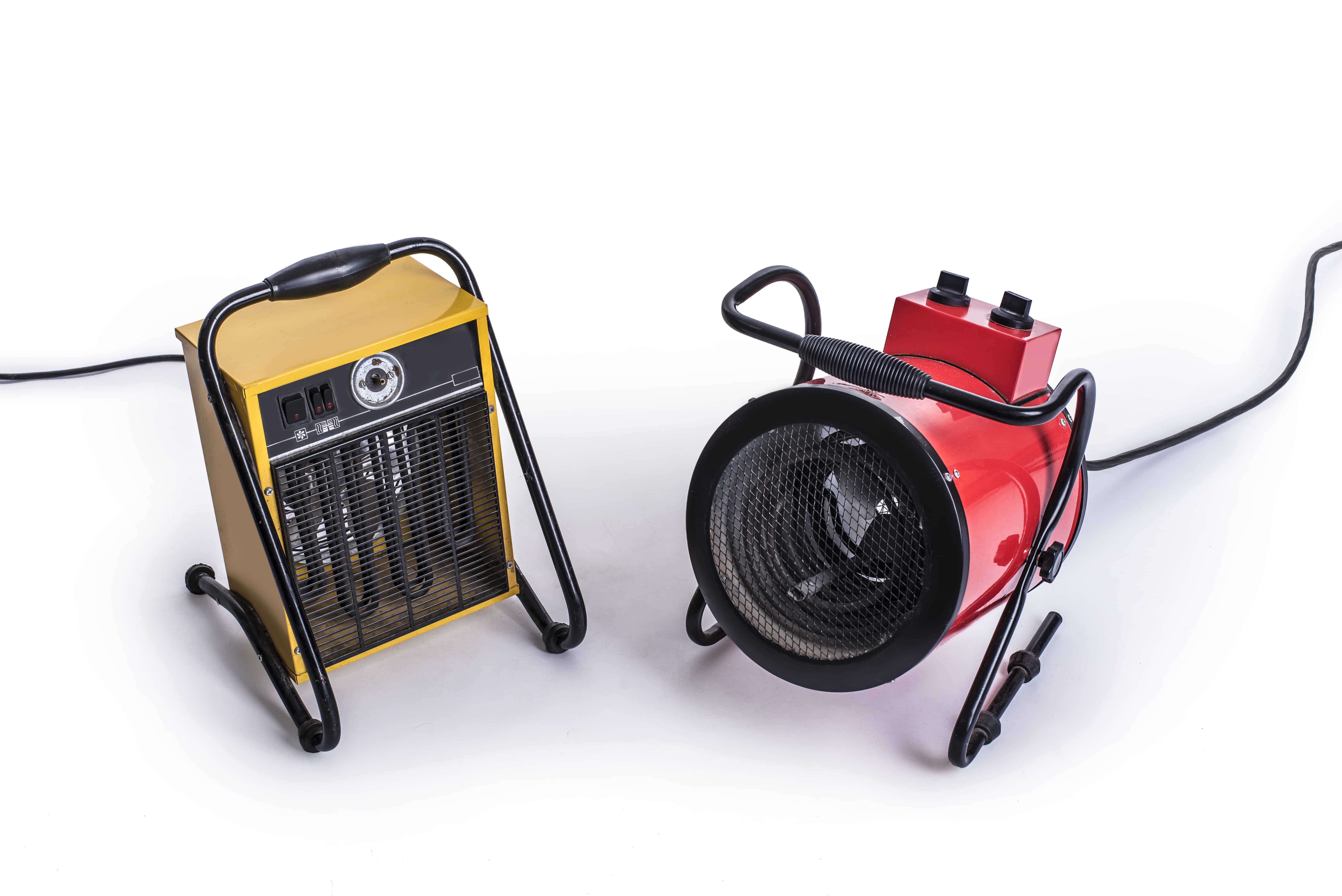
Fuel Type: Electricity/Gas
Installation cost: Very Low(Electricity, Gas)
Operating cost: Very Low(Electricity, Gas)
4. Wood Stoves
Ahh one of the good old traditional ways of heating, burning wood. Or should I call it a wood stove?
Either way, you need to make sure to use EPA-qualified models. Even with EPA-certified models, you are bound to have problems with smoke and harmful particles when you open it for refueling. In the long run, it will affect your health if you are exposed to these particles.
On the brighter side, if you are able to scavenge free wood, it can be a really cheap heating option for your container home. It will require some manual work, but it can be worth it if you want to build your home on a shoestring budget. Also, this can really be a life savior during a power outage.
If you like to find a good quality and affordable wood stove, go check out this post on the Best Wood Stove Under $2000.
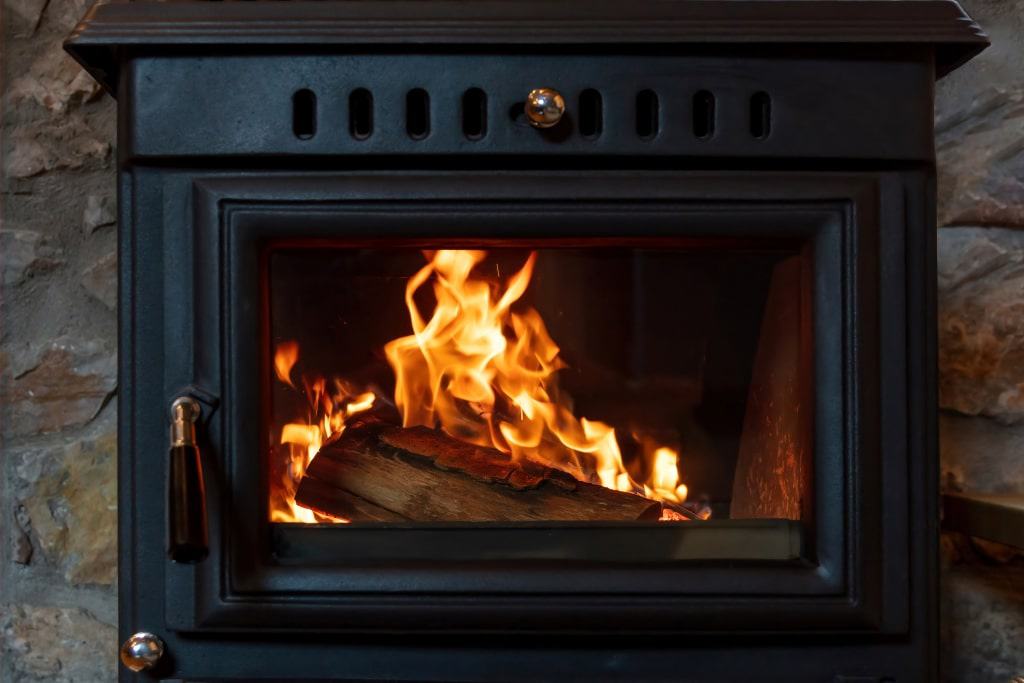
Fuel Type: Wood
Installation cost: Moderate
Operating cost: Very Low – Low (Depending on availability of free wood)
5. Double-pane Windows
Window panes are often a forgotten source of heat loss in the home. They account for 15-20% of heat loss and that means they should be considered in any plans to reduce energy costs and keep you warm. The solution is this, more panes of glass.
With double-pane windows, you can reduce heat loss by 50%. There is an air gap between the two panes, so it will help retain heat efficiently, even if the temperature difference between the indoor and outdoor temperature is substantial.
That will be a huge saving in your energy consumption and in the long run, the cost of replacing these windows will actually be offset by your energy savings. As far as longevity goes, double-pane windows can last up to 20 years.
This is another way to cut energy costs and warm your container home up in the winter without a huge increase in cost.
The best part? Double pane windows also reduce noise from outside, making your home quieter.
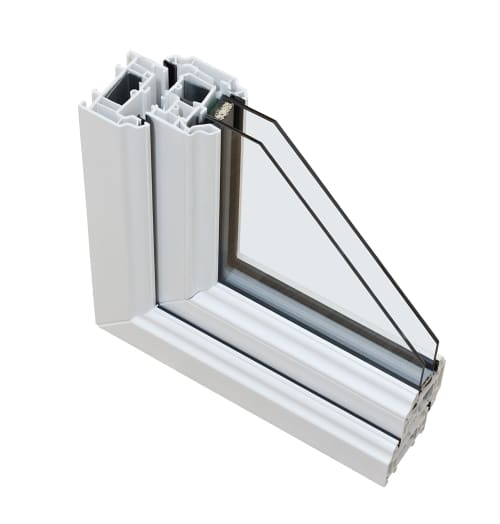
Fuel Type: –
Installation cost: Low
Operating cost: –
6. Thermal Curtains
On top of double-pane windows, thermal curtains are an additional way to further reduce heat loss in a container home. Not only that, they work just as well in the summer to keep out the heat, as they do in the winter to keep out the cold.
When it comes to making a container home more energy-efficient, thermal curtains are a great way to start and they do offer quite a lot of added value to the comfort level.
They are made from a few layers of thick fabric and are lined with insulation, trapping air and keeping it from escaping.
To get the most out of your thermal curtains, make sure to place them so that they cover the windows completely. The curtains can be attached by using heavy-duty Velcro at the sides to keep them nice and air-tight. They should be able to fit the window snugly.
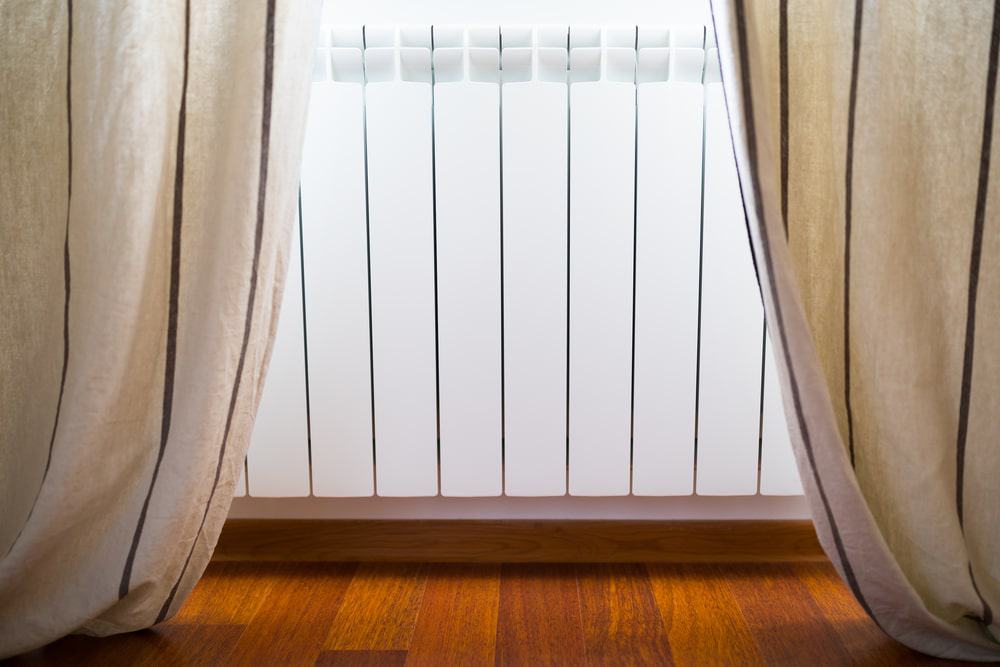
Fuel Type: –
Installation cost: Very Low
Operating cost: –
7. Insulations
Ultimately, you need to keep the heat you generate otherwise the only thing you’re going to burn are holes in your pockets. You got to make sure you have a plan for the heat you generate. If the hot air is not retained with proper insulation, it will be dissipated through the walls, ceilings, floors, windows, etc. Chances are, if you already built a shipping container house, you’d already had insulated or repainted your container homes to seal off those toxic chemicals and protect them from rust.
The question is: How efficient is your insulation in keeping you warm? Is it sufficient for your region’s climate?
So, remember to check for the R-value required for your container home prior to construction.
Some types of commonly used insulation:
1. Spray foam insulation is one of the best insulations available – it provides great thermal mass for insulation, has a strong air barrier, can be used as exterior insulation, and is fire-resistant, waterproof and breathable.
2. Cellulose insulation is an environmentally friendly and natural way to keep your home insulated. It is made of recycled materials and is easy to work with, coming in batts or rolls that can be easily cut to size.
3. Fiberglass insulation is one of the most popular insulation materials because it is flexible and easy to apply. It is also fire resistant and can block moisture. However, it doesn’t offer a lot of thermal mass, which means it doesn’t retain heat well.
4. Wool/batt insulation can trap moisture and provide a thermal mass, making it a popular choice for insulation. However, it does not have good air barrier properties, so be sure to use it in conjunction with other types of insulation.
Just make sure you are aware that you should use a closed-cell insulation for metal surfaces due to condensation and moisture control.
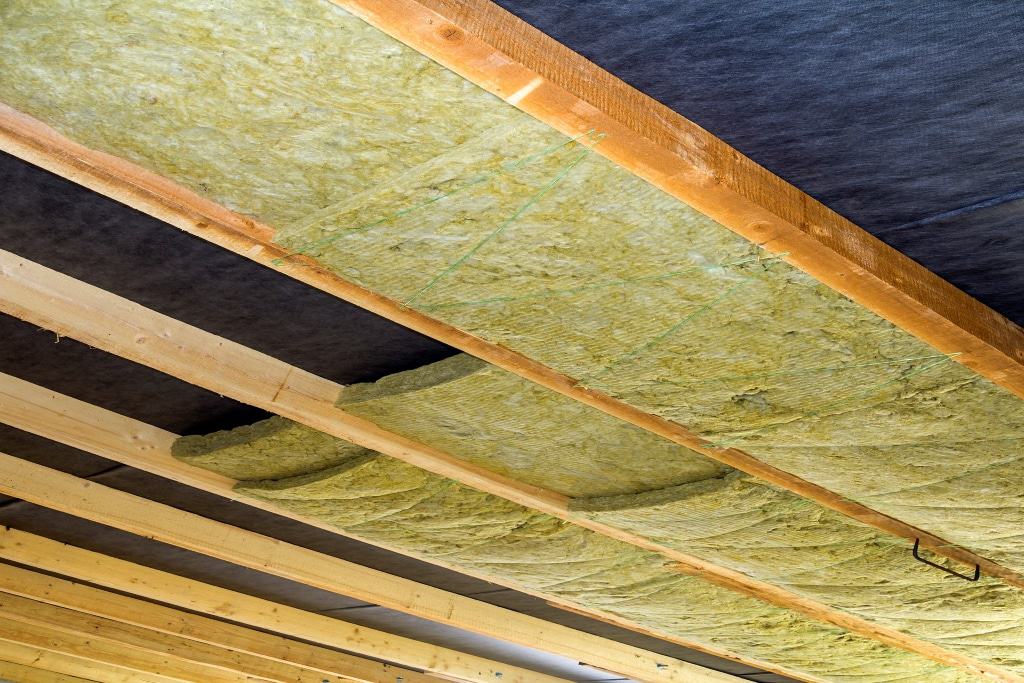
Fuel Type: –
Installation cost: Moderate
Operating cost: –
Final Note:
Everything looking good so far?
You can keep your home warm in a variety of ways that don’t cost an arm and a leg. Depending on the accessibility of fuel resources near your region, you’ll be able to make simple calculations on the operating cost.
Look over your options, if the temperatures are quite extreme at times, having a backup plan is always a good idea.
If you have joined multiple containers and wish to have a traditional furnace or boiler, you’ll need to plan well for your space to run ducts/pipes. As container homes have limited space, every additional inch of installation eats into your living space making your container home smaller than it already is.
Always be careful of fire hazards and follow the manufacturer’s manual of your heating system especially gas/propane heaters.
I’ll leave you with this to ponder which heating options best suit your needs. Stay warm!

